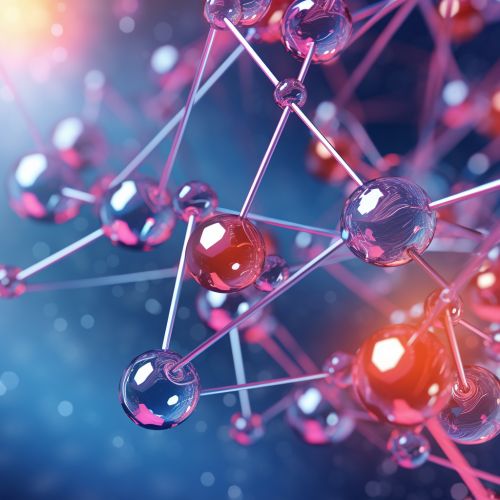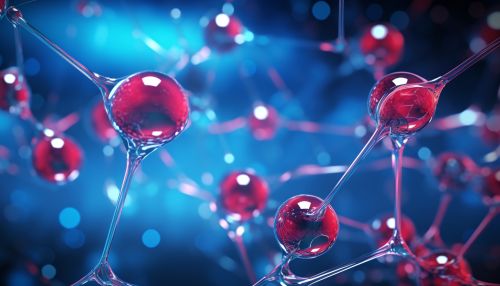Intermolecular Force
Overview
Intermolecular forces are the forces of attraction between molecules. They are weaker than intramolecular forces, the forces which keep a molecule together. For example, the covalent bond, involving sharing electron pairs between atoms, is much stronger than the forces present between neighboring molecules. Different types of intermolecular forces are observed depending on the nature of molecules.
Types of Intermolecular Forces
There are three major types of intermolecular forces: London dispersion forces, dipole-dipole interactions, and hydrogen bonds.


London Dispersion Forces
London dispersion forces, also known as Van der Waals forces, are the weakest type of intermolecular force. They occur between all types of molecules, polar and nonpolar alike. These forces arise due to the instantaneous polarization of an electron cloud around an atom, which induces a similar polarization in nearby atoms.
Dipole-Dipole Interactions
Dipole-dipole interactions occur between polar molecules. These molecules have a net dipole moment due to the presence of bond dipoles. The positive end of one polar molecule attracts the negative end of another, and vice versa. These forces are stronger than London dispersion forces but weaker than hydrogen bonds.
Hydrogen Bonds
Hydrogen bonds are the strongest type of intermolecular force. They occur when a hydrogen atom bonded to a highly electronegative atom (such as nitrogen, oxygen, or fluorine) is attracted to another electronegative atom in a different molecule. Hydrogen bonds are responsible for many of the unique properties of water, including its high boiling point and its ability to dissolve many substances.
Factors Affecting Intermolecular Forces
The strength of intermolecular forces is influenced by several factors, including the size of the molecules, their shape, and their polarity.
Size of Molecules
Larger molecules have more electrons and thus a larger electron cloud, which can be more easily polarized. As a result, larger molecules generally have stronger London dispersion forces.
Shape of Molecules
The shape of a molecule can affect its polarity and thus the strength of its dipole-dipole interactions. For example, linear molecules tend to be more polar than those with a more spherical shape.
Polarity of Molecules
Molecules with a larger dipole moment have stronger dipole-dipole interactions. Similarly, molecules capable of forming hydrogen bonds have stronger intermolecular forces than those that cannot.
Role in Physical Properties
Intermolecular forces play a crucial role in determining the physical properties of substances, including their boiling and melting points, their solubilities, and their vapor pressures.
Boiling and Melting Points
Substances with stronger intermolecular forces tend to have higher boiling and melting points. This is because more energy is required to overcome these forces and convert the substance from a liquid to a gas (or from a solid to a liquid).
Solubility
The solubility of a substance in a particular solvent is largely determined by the intermolecular forces between the substance and the solvent. In general, "like dissolves like": polar substances dissolve in polar solvents, and nonpolar substances dissolve in nonpolar solvents.
Vapor Pressure
Substances with weaker intermolecular forces have higher vapor pressures, as their molecules are more easily able to escape into the gas phase.
